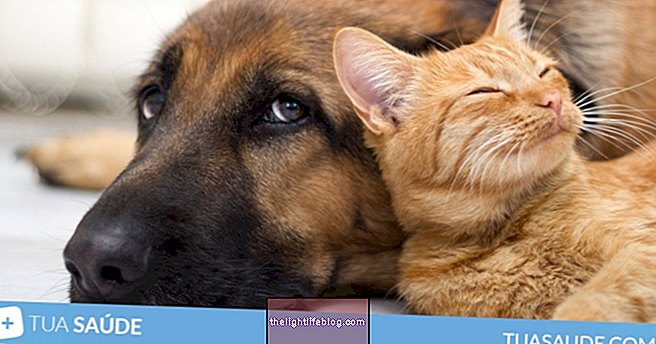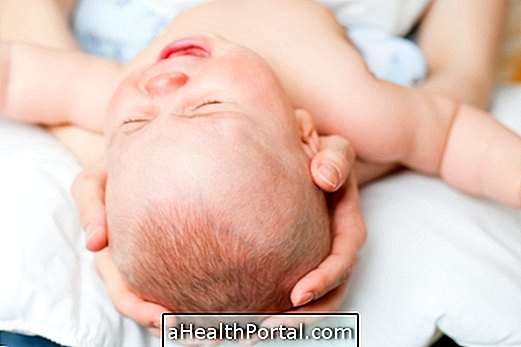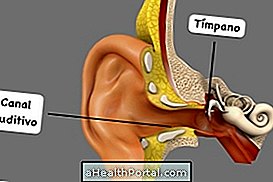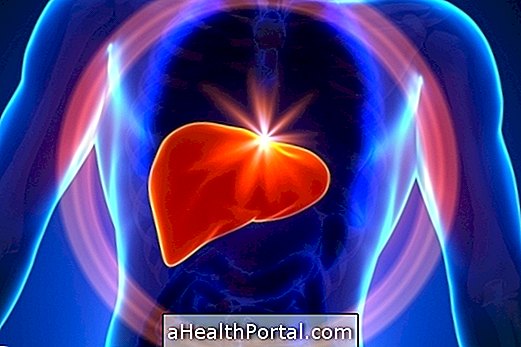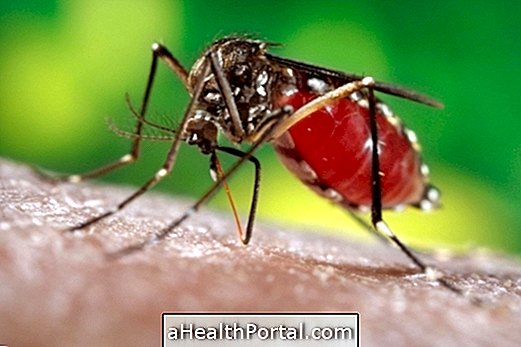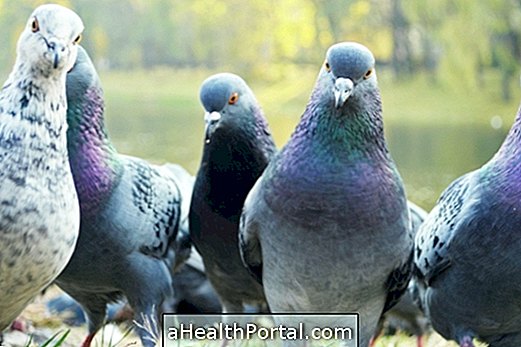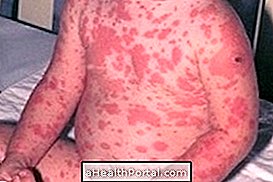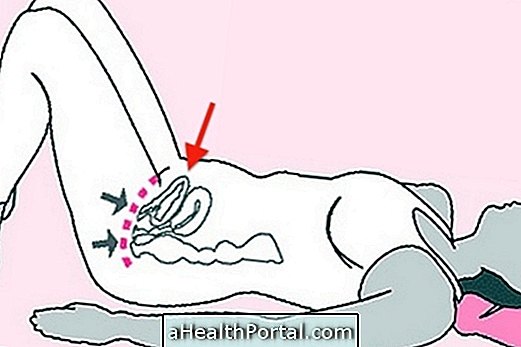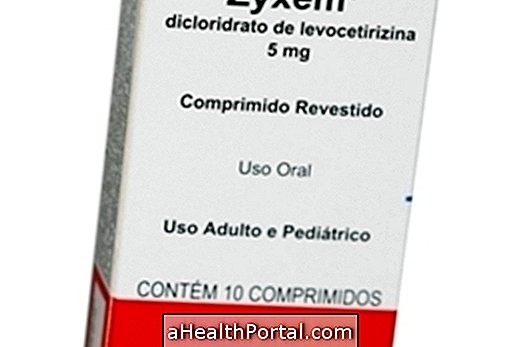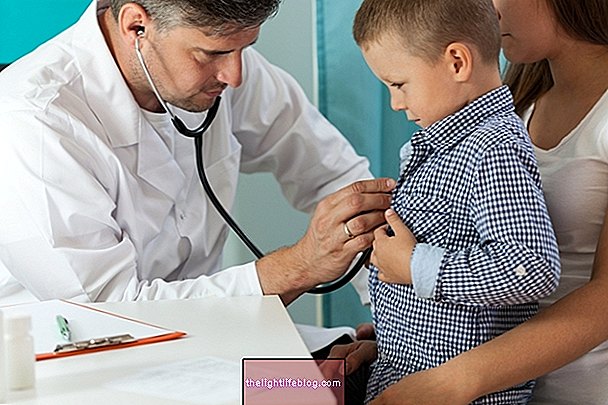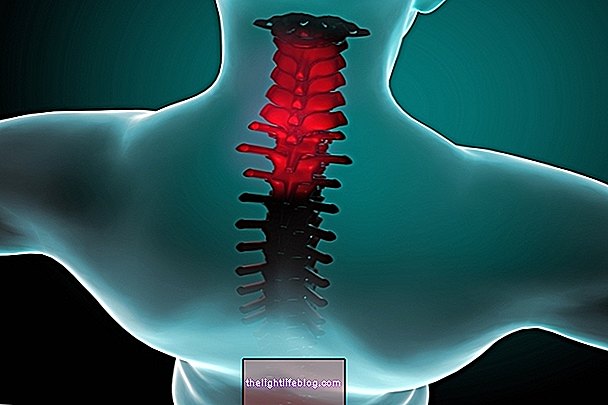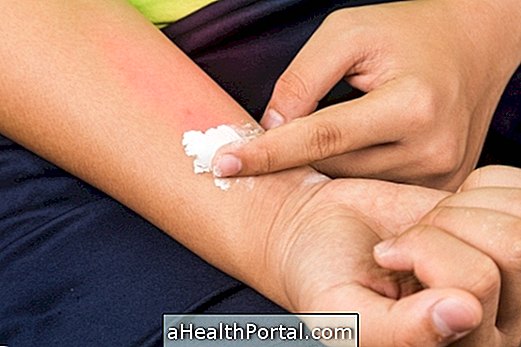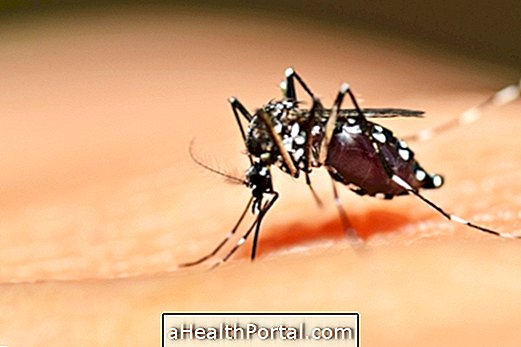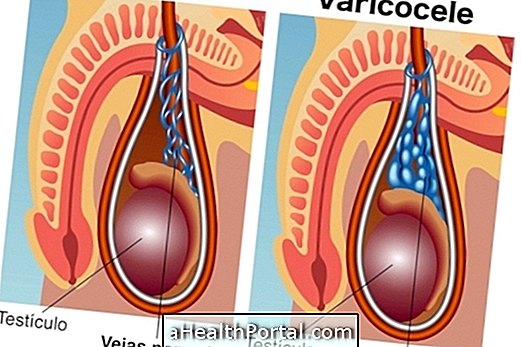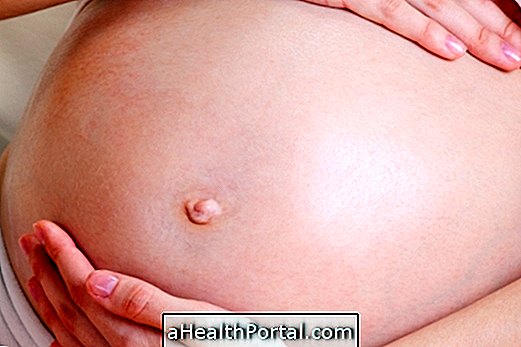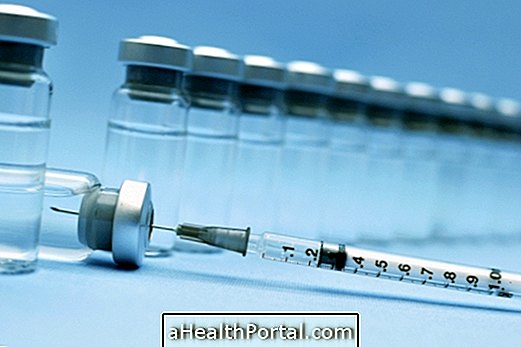Human cutaneous leishmaniasis is an infectious disease that is spread around the world, caused by infection by the protozoan Leishmania, which causes painless wounds on the skin and mucous membranes of the body.
In Brazil, American tegumentary leishmaniasis, popularly known as "bauru ulcer" or "bruised wound", is transmitted by mosquitoes of the genus Lutzomyia, known as straw mosquitoes, and the treatment is done under the guidance of the dermatologist. of injectable drugs, known as pentavalent Antimony.
The way to get the disease is through the mosquito bite, which gets contaminated by Leishmania after stinging people or animals with the disease, especially dogs, cats and rats, and therefore, the disease is not contagious and there is no transmission of person to person. Mosquitoes often live in hot, humid and dark environments, especially in forests or backyards with organic garbage accumulation.
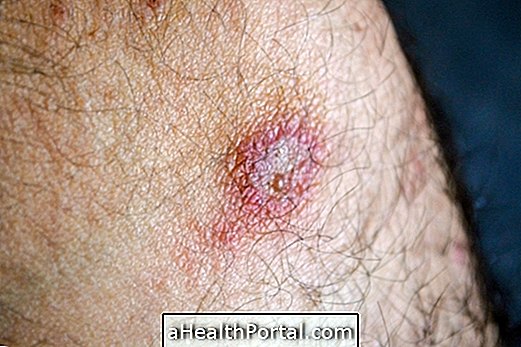
Main symptoms
The main forms of presentation of cutaneous leishmaniasis are:
1. Cutaneous leishmaniasis
Cutaneous leishmaniasis is the most common form of the disease, and usually causes the development of a wound that:
- It begins as a small lump at the site of the mosquito bite;
- Evolve to a painless open wound, in a few weeks or months;
- It heals slowly without treatment between 2 and 15 months;
- Lymph nodes may be swollen and painful.
The lesion measures from a few millimeters to a few centimeters, has a hardened consistency with raised edges and a reddish background that may contain secretions. When there is associated bacterial infection it can cause local pain and produce a purulent discharge.
In addition to the traditional localized wound, the appearance of the lesions may vary, depending on the type of protozoa responsible and the person's immunity, and may also appear as lumps disseminated by the body or skin infiltrations, for example.
2. Mucosal or mucocutaneous leishmaniasis
It is more rare, most often arising after the classic cutaneous lesion, and is characterized by destructive lesions in the mucosa of the upper airways, such as the nose, oropharynx, palates, lips, tongue, larynx and, more difficultly, trachea and upper lungs.
Redness, swelling, infiltration and ulceration may be observed in the mucosa and, if there is secondary bacterial infection, the lesions may present with purulent secretions and crusts. In addition, in the mucosa of the nose, there may be perforation or even destruction of the cartilaginous septum and, in the mouth, there may be perforation of the soft palate.
How to confirm the diagnosis
In most cases the doctor is able to diagnose tegumentary leishmaniasis only by observing the lesions and reporting the patient, especially when the patient lives or has been in regions affected by the parasite. However, the disease can also be confused with other problems such as cutaneous tuberculosis, fungal infections or leprosy, for example.
Thus, it may also be necessary to perform a diagnostic test for which there are a few options, such as the reactive skin test for leishmaniasis, called the Intradermalation of Montenegro, aspiration examination or biopsy of the lesion, to identify the parasite, or the blood tests, ELISA or PCR.

It is important to remember that leishmaniasis can also present in its most severe form, which is visceral, also known as kalazar. This disease evolves very differently from tegumentary leishmaniasis, spreading through the bloodstream. Understand how to identify visceral leishmaniasis.
How is the treatment done?
Injuries to cutaneous leishmaniasis usually heal without treatment. However, in the case of wounds that increase in size, are very large, multiply or localized in the face, hands and joints, it may be advisable to treat with medicines, such as creams and injections, directed by the dermatologist.
The first choice remedies in the treatment of leishmaniasis are pentavalent antimonials, which in Brazil are represented by N-methylglucamine or Glucantime Antimonate, done in daily, intramuscular or venous doses for 20 to 30 days.
If the wounds become infected during the healing process, it may also be advisable to treat with a nurse for better care and avoid worsening of the wound.
In addition, after healing, the scars can remain on the skin and cause aesthetic changes. Therefore, it may be necessary to follow psychological or plastic surgery to treat changes in the face, for example.
How to prevent
To avoid transmission of leishmaniasis by mosquitoes, it is important to invest in individual and collective attitudes such as:
- Use repellents when you are in environments where the mosquito straw is found, and avoid exposure at times of increased mosquito intensity;
- Use thin-mesh bed nets as well as place screens on doors and windows;
- Keeping land and yards nearby clean, removing debris and debris, and pruning trees to reduce moisture that facilitates mosquito breeding;
- Avoid organic litter on the ground, not to attract animals, such as rats, which may contain the disease;
- Keep pets away from home at night so as to lessen the attraction of mosquitoes to this environment;
- Avoid building houses with a distance less than 4000 or 500 meters from the woods.
In addition, in the presence of wounds that do not heal easily and that may indicate this disease, it is important to seek care at the clinic so that causes and appropriate treatment are identified more quickly.
